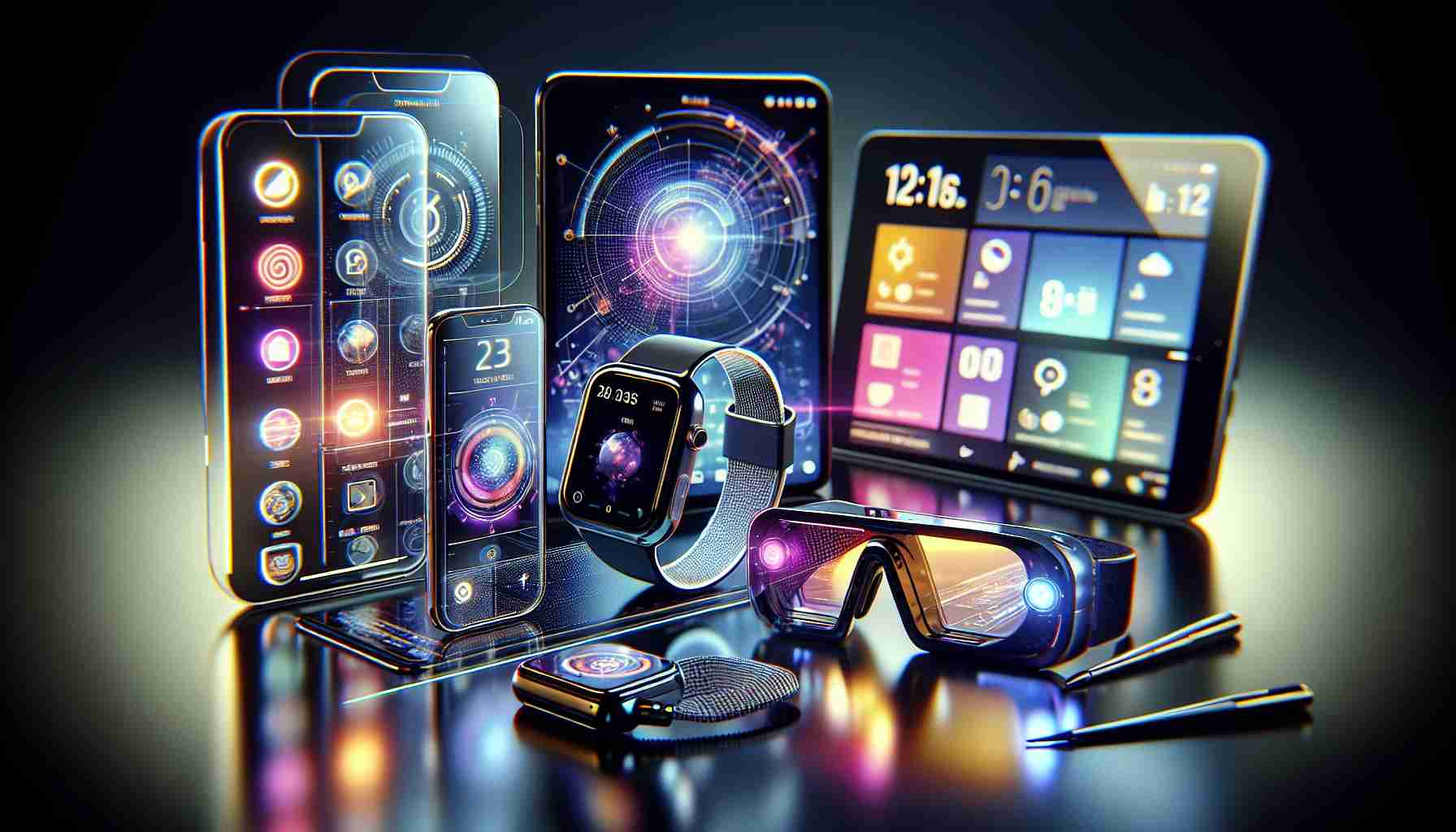Modern gadgets heavily rely on display technology to enhance user experience and functionality. In the pursuit of perfection, tech giants like Apple are constantly innovating and making strategic choices regarding display specifications. While some prioritize pixel density for sharp text quality, others prioritize brightness for immersive entertainment experiences.
Apple’s approach to display technology showcases this dichotomy. When transitioning to OLED on iPhones, they chose to increase pixel density to ensure text sharpness, catering to users who spend a significant amount of time reading on their phones.
Conversely, the introduction of OLED technology on iPads took a different turn. Instead of focusing on pixel density, Apple opted to prioritize brightness, particularly for HDR content consumption. This decision suggests a shift towards enhancing the entertainment value of the device, acknowledging the prevalent usage of iPads as portable entertainment systems rather than just productivity tools.
By understanding the specific needs and preferences of their consumers, tech companies can tailor display technologies to deliver a more immersive and satisfying user experience. Whether it’s for clear text readability or vibrant multimedia content, the strategic choices made in display technology play a crucial role in shaping the overall functionality and appeal of modern gadgets.
Additional Facts:
– Apart from OLED, another significant display technology used in modern gadgets is AMOLED (Active Matrix Organic Light-Emitting Diode). AMOLED screens are known for their vibrant colors, deep blacks, and energy efficiency compared to traditional LCD displays.
– The refresh rate of a display is a crucial factor for enhancing user experience, especially in gaming and fast-paced content consumption. High refresh rates, such as 90Hz or 120Hz, result in smoother animations and reduced motion blur.
– Some modern gadgets, particularly in the gaming and professional sectors, utilize Mini-LED technology for their displays. Mini-LED offers improved contrast ratios and brightness levels, providing a more dynamic visual experience.
Key Questions:
1. What impact does display technology have on battery life in modern gadgets?
2. How do advancements in display technology influence the design and form factor of devices?
3. Are there any health considerations associated with prolonged exposure to certain types of display technologies?
Advantages:
– Enhanced visual quality: Display technologies like OLED and AMOLED offer vibrant colors and deep contrasts, contributing to a more engaging viewing experience.
– Energy efficiency: Some display technologies are designed to consume less power, extending the battery life of devices.
– Customization options: Tech companies can tailor display specifications to meet the diverse needs and preferences of users, enhancing user satisfaction.
Disadvantages:
– Cost: Implementing advanced display technologies can increase the overall production cost of gadgets.
– Durability concerns: Certain display technologies may be more susceptible to damage or burn-in issues over time.
– Compatibility issues: Not all software or content may be optimized to fully utilize the benefits of specific display technologies, potentially limiting their effectiveness.
For more insights on display technology trends and innovations, you can explore Display Daily.
The source of the article is from the blog klikeri.rs
